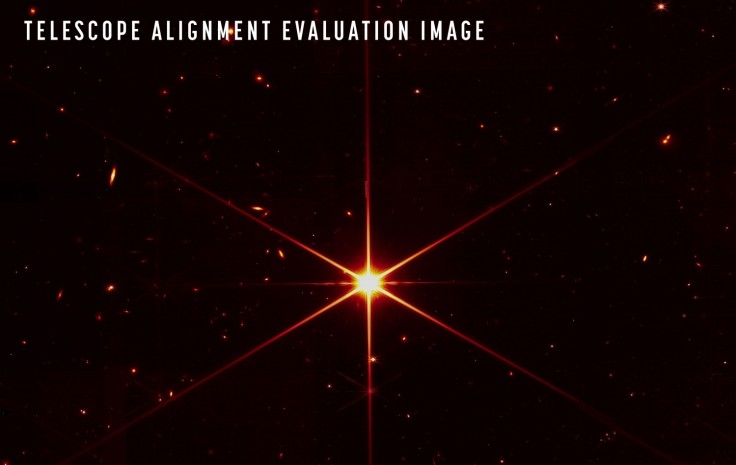The National Aeronautics and Space Administration's (NASA) newest space telescope's main mirror is fully aligned and is performing even better than expected.
According to the Administration's recent announcement, the James Webb Space Telescope's primary imager, the Near-Infrared Camera, is fully aligned to its mirrors.
Although the telescope is far from fully operational, it took its first picture of space with its primary mirror segments.

James Webb Telescope Status
NASA mentioned that the team responsible for the James Webb Space Telescope had completed the telescope's alignment stage known as "fine phasing." This operation measures and corrects the remaining alignment errors of the telescope using the same defocusing method in previous adjustments, per a separate NASA post.
Space.com mentioned that the"fine phasing" alignment process involved fine-tuning the positions and inclinations of the telescope's 18 segments.
The James Webb Space Telescope has to pass two other steps in the telescope commissioning process, the Telescope Alignment Over Instrument Fields of VIew and Iterate Alignment for Final Correction, to be dubbed as a fully operational space telescope.
Regardless of its current commissioning status, the telescope is already producing images that beat the telescope's specifications.
The telescope took a picture of a star dubbed 2MASS J17554042+6551277 for alignment evaluation. The resulting picture captured not only the star's brightness but also captured the galaxies and stars in the background.
The picture taken used a red filter to optimize visual contrast, per NASA.
Jane Rigby, Webb operations project scientist at the NASA Goddard Space Flight Center in Maryland, said that the telescope's performance is everything the team had dared to hope so far. She also added that the images the telescope took were as sharp and as crisp as the pictures taken with the Hubble Space Telescope, but the difference is that Webb's pictures are at a wavelength of light invisible to Hubble, giving Webb's photos a "very, very sharp focus."
"We have fully aligned and focused the telescope on a star, and the performance is beating specifications," said Ritva Keski-Kuha, deputy optical telescope element manager for Webb at NASA Goddard. "We are excited about what this means for science.
Keski-Kuha also added that the team now knows they have built the right telescope thanks to Webb's exceptional performance.
Webb's NIRCam Details
Webb's Near Infrared Camera (NIRCam) is Webb's primary imager that covers the infrared wavelength range of 0.6 to 5 microns, according to NASA's James Webb Space Telescope page. NASA expects that Webb's NIRCam will be able to detect light from the earliest stars and galaxies during their formation, the population of stars in nearby galaxies, and young stars in the Milky Way and Kuiper Belt objects.
Webb's NIRCam will also be used to observe and dive into sub-Neptune planets to help scientists study these exoplanets and learn more about them, per a previous iTechPost article.
Related Article : James Webb Space Telescope to Help Study Sub-Neptunes - What are They?









